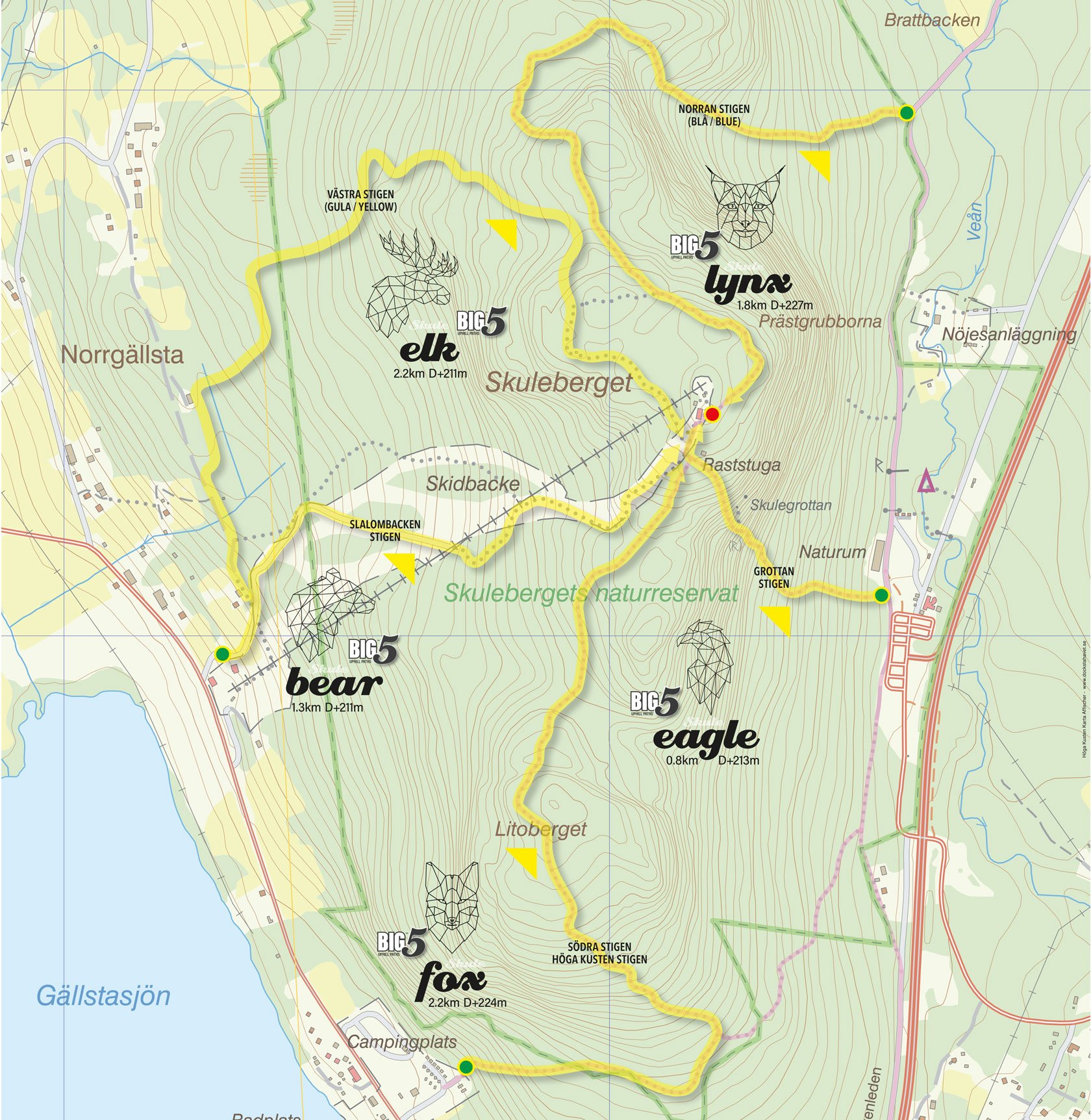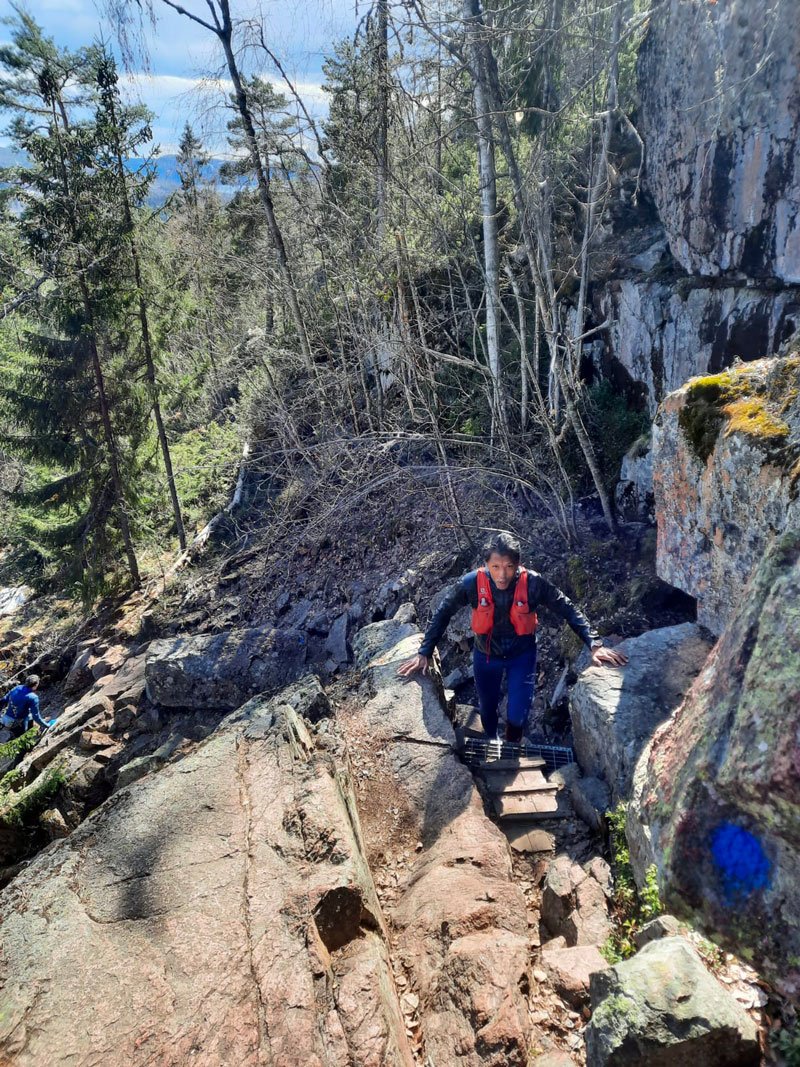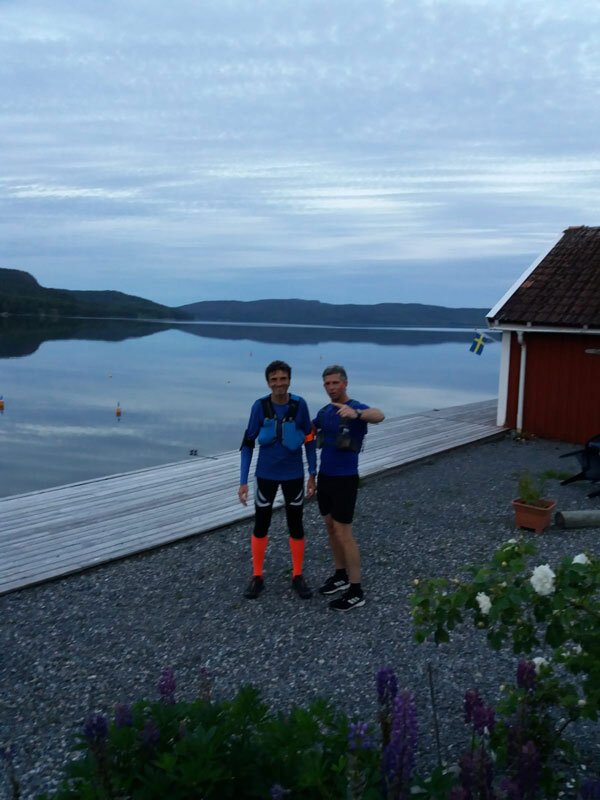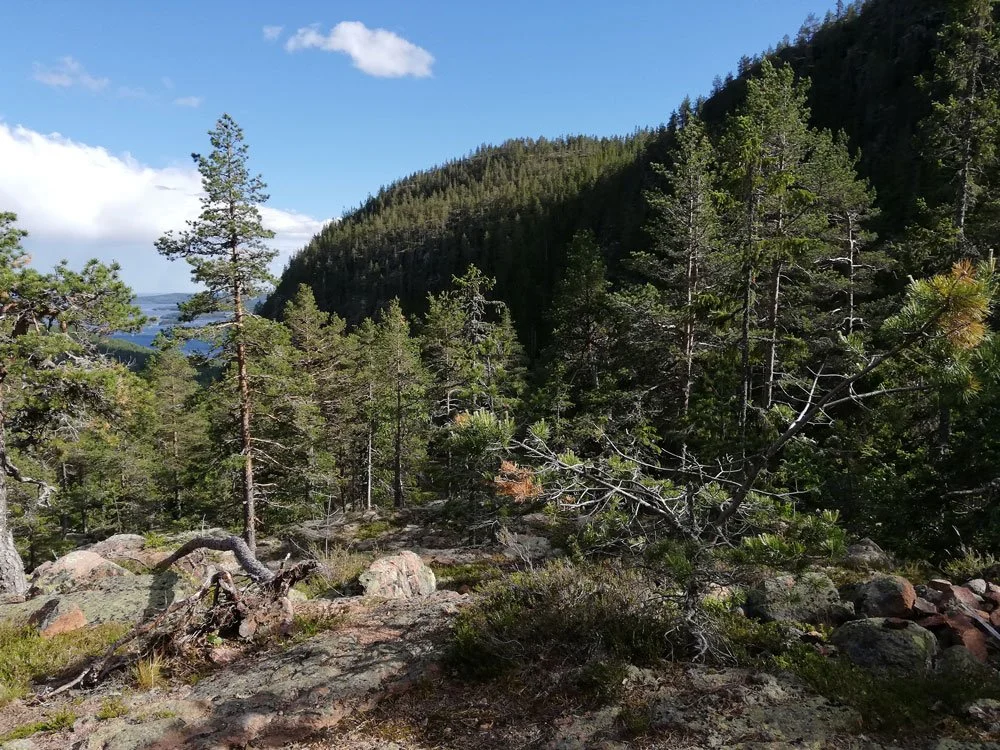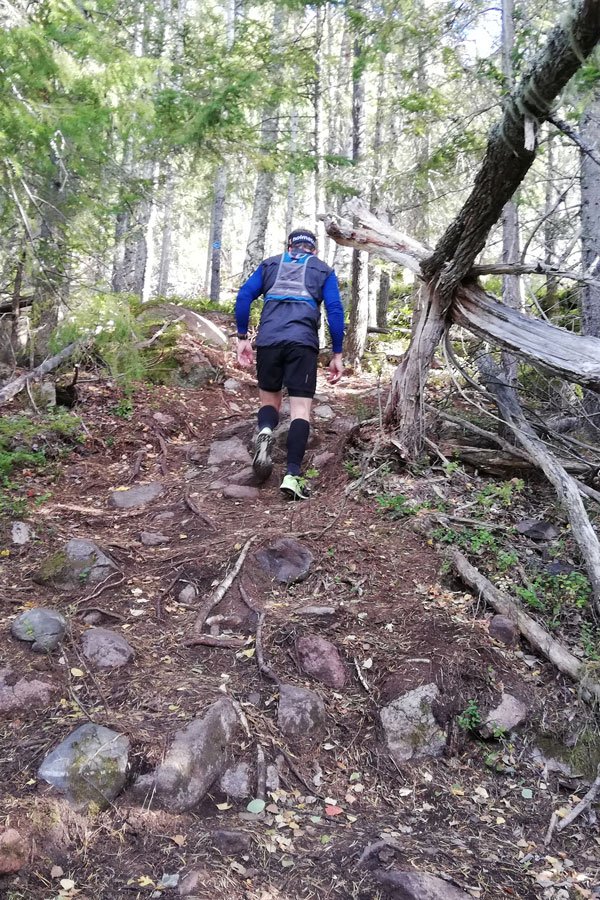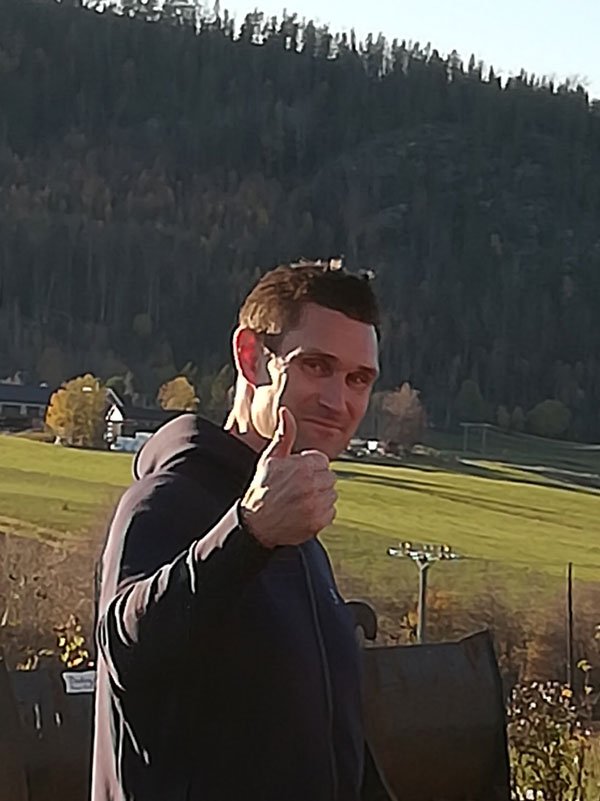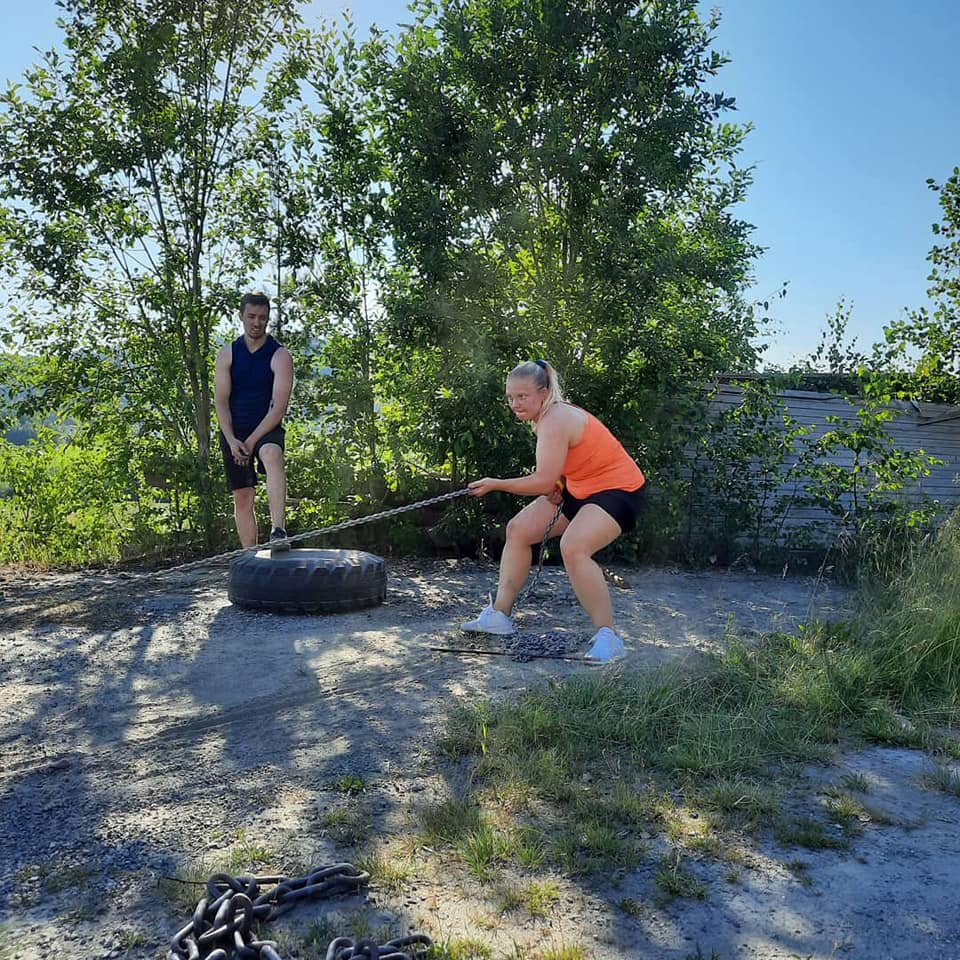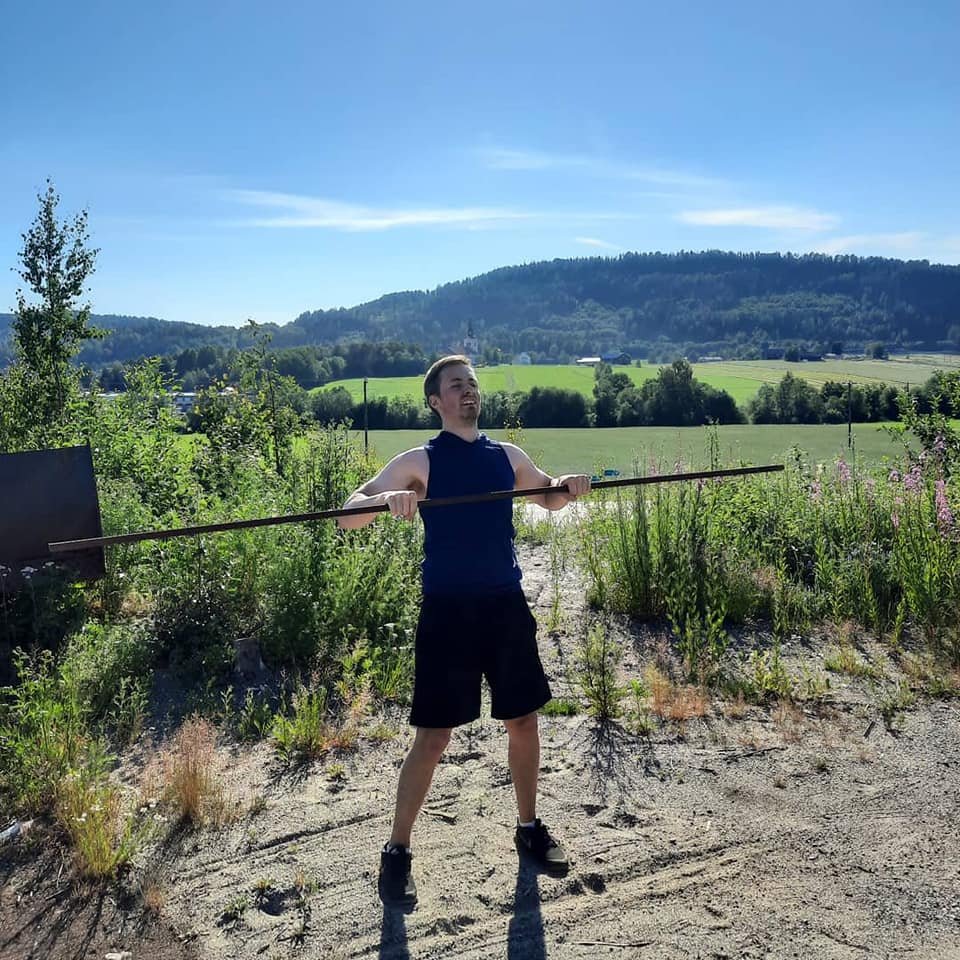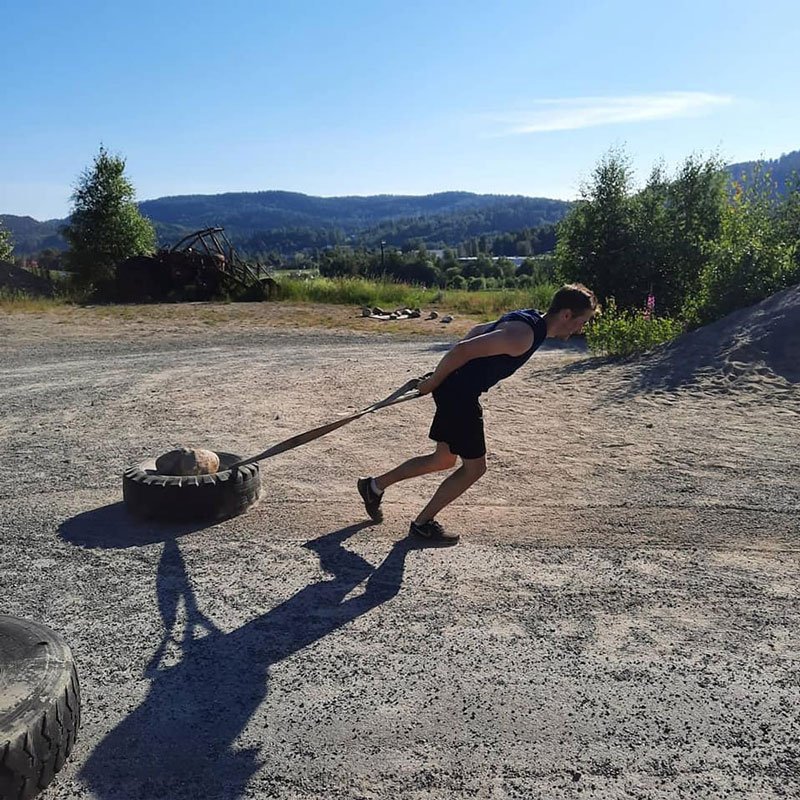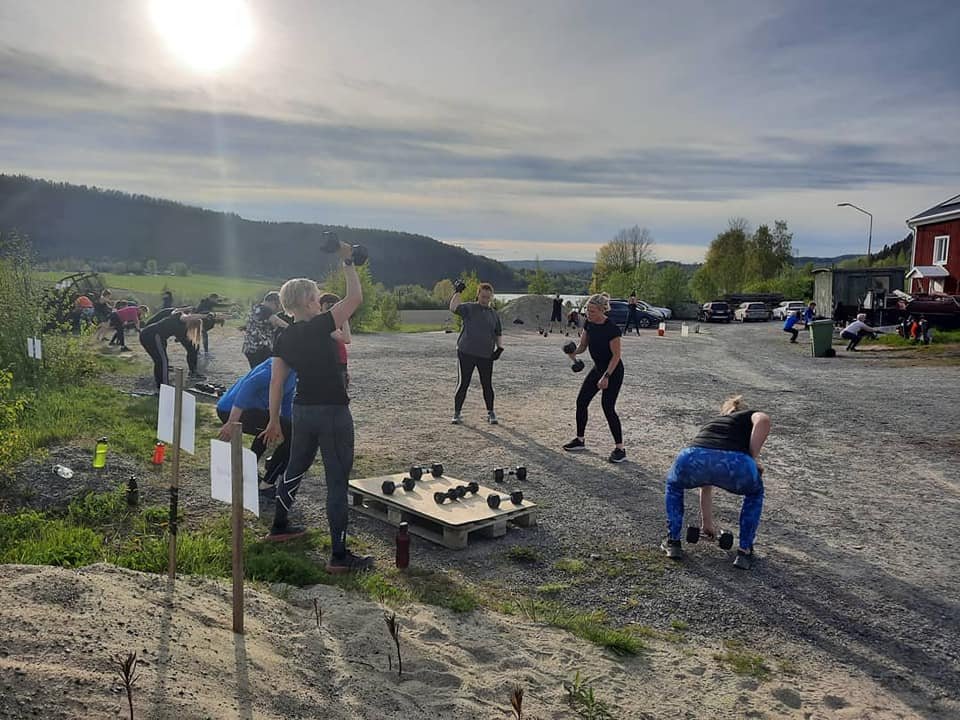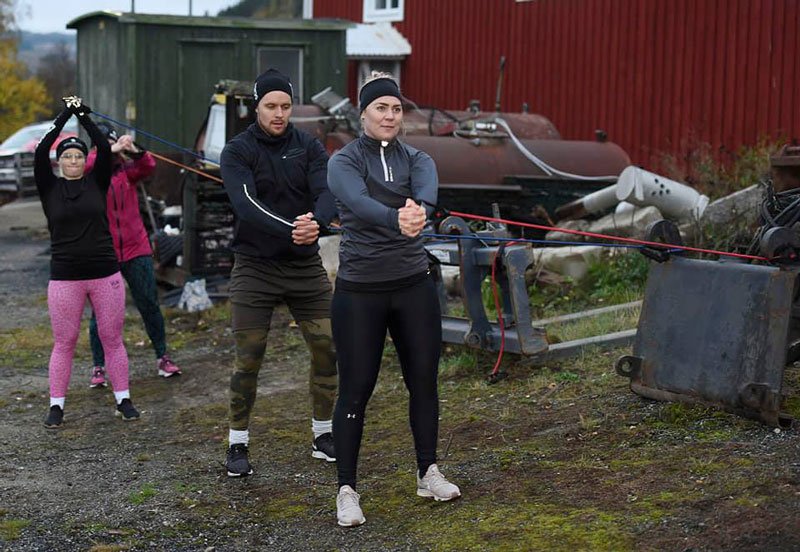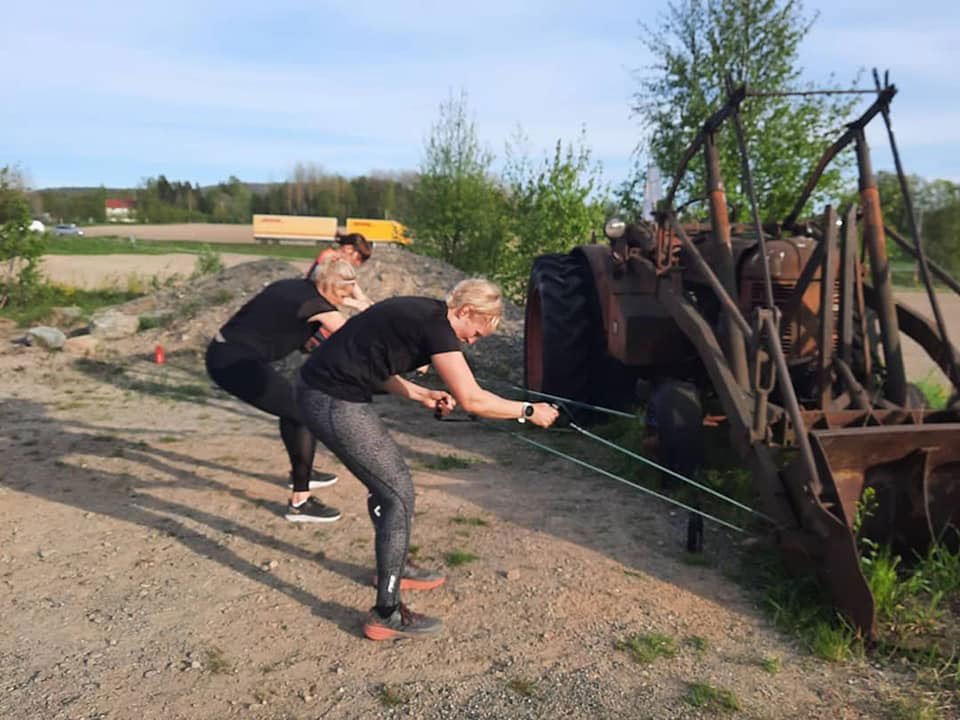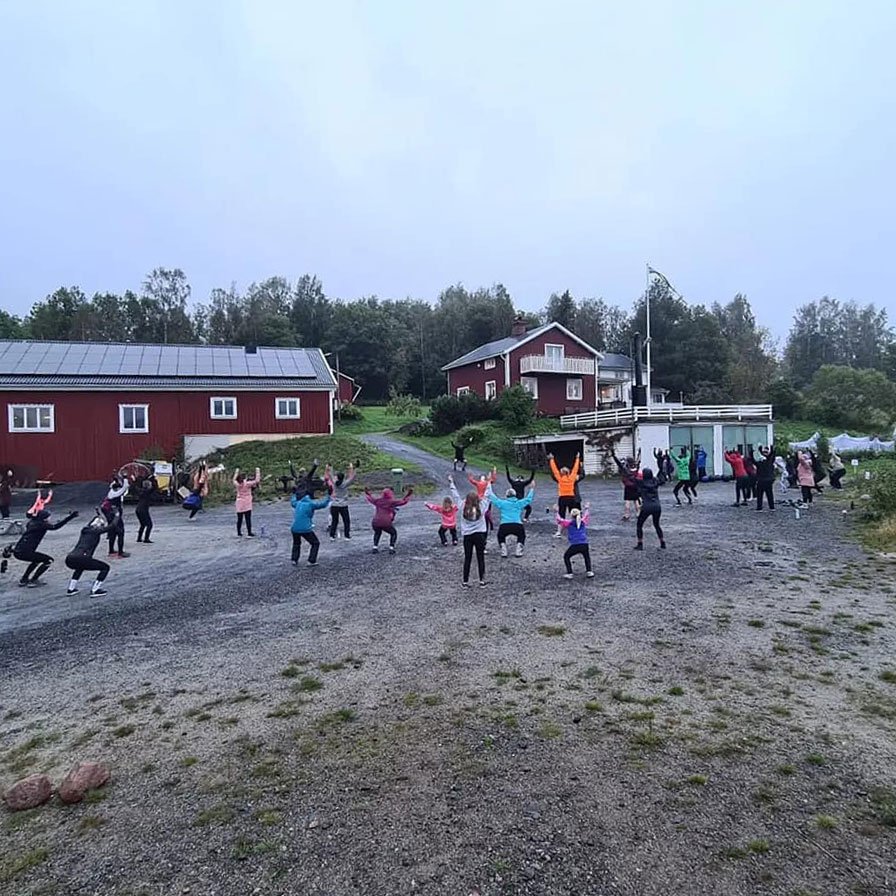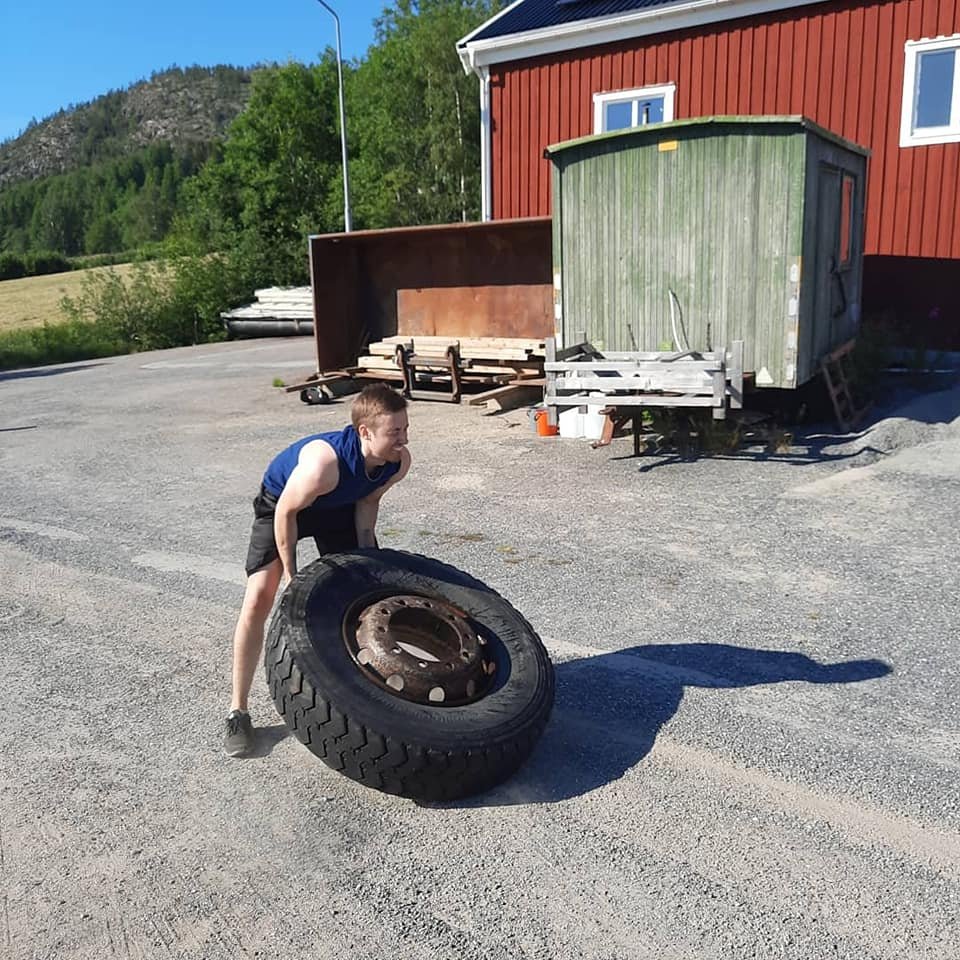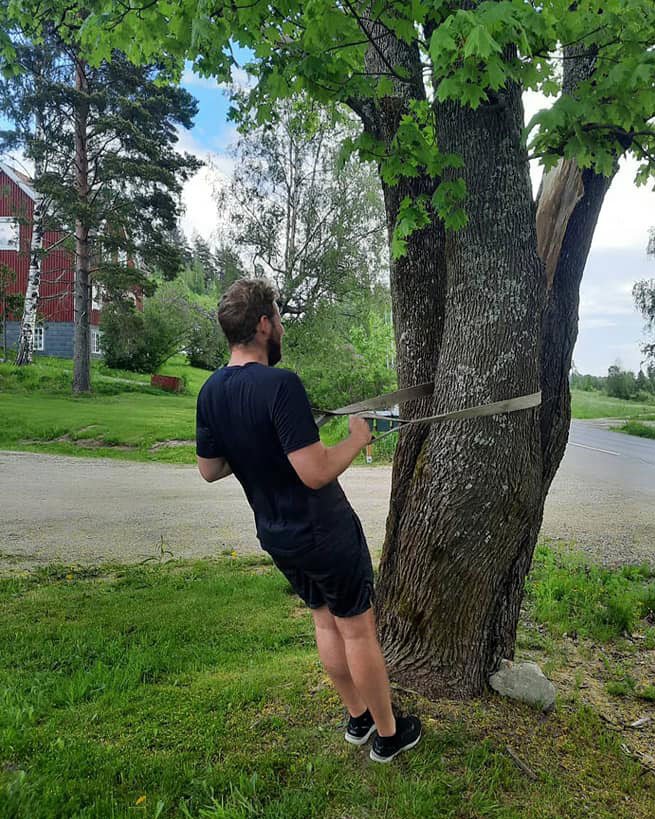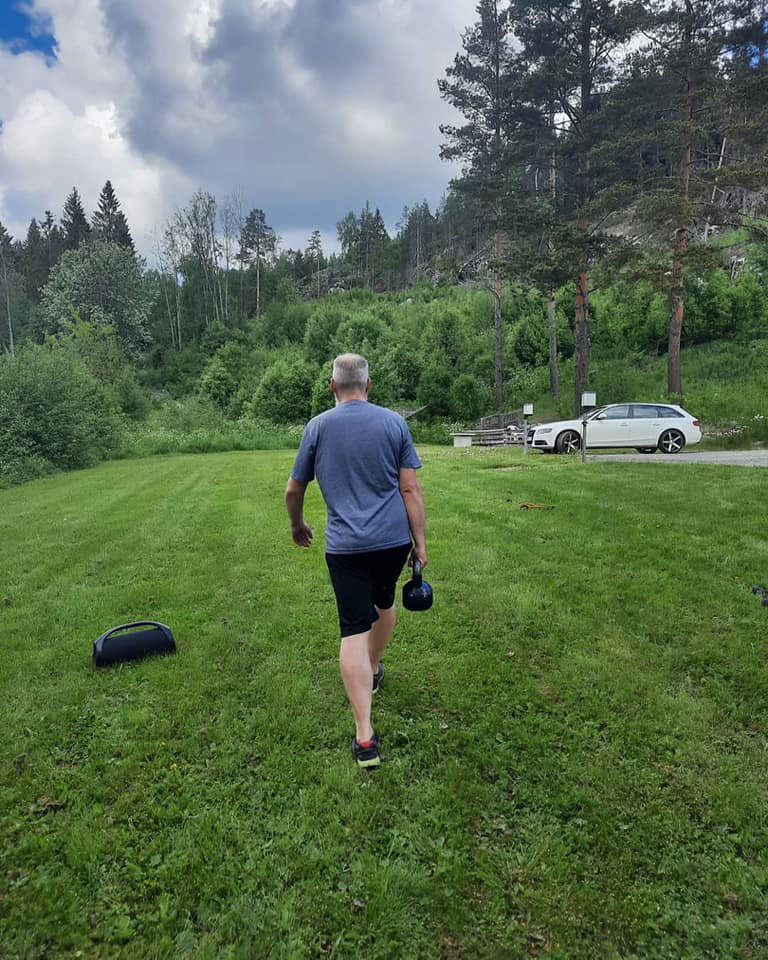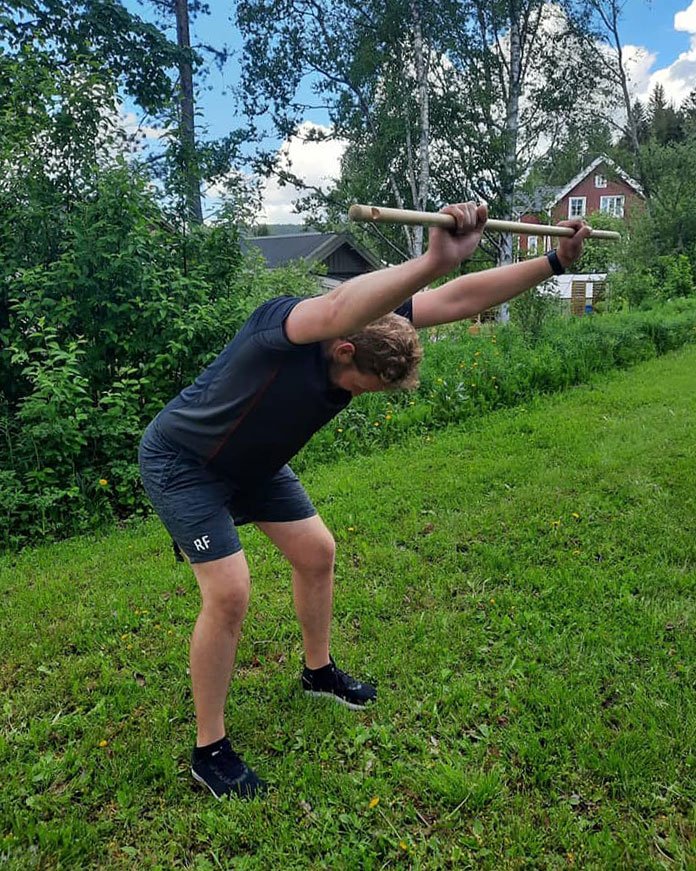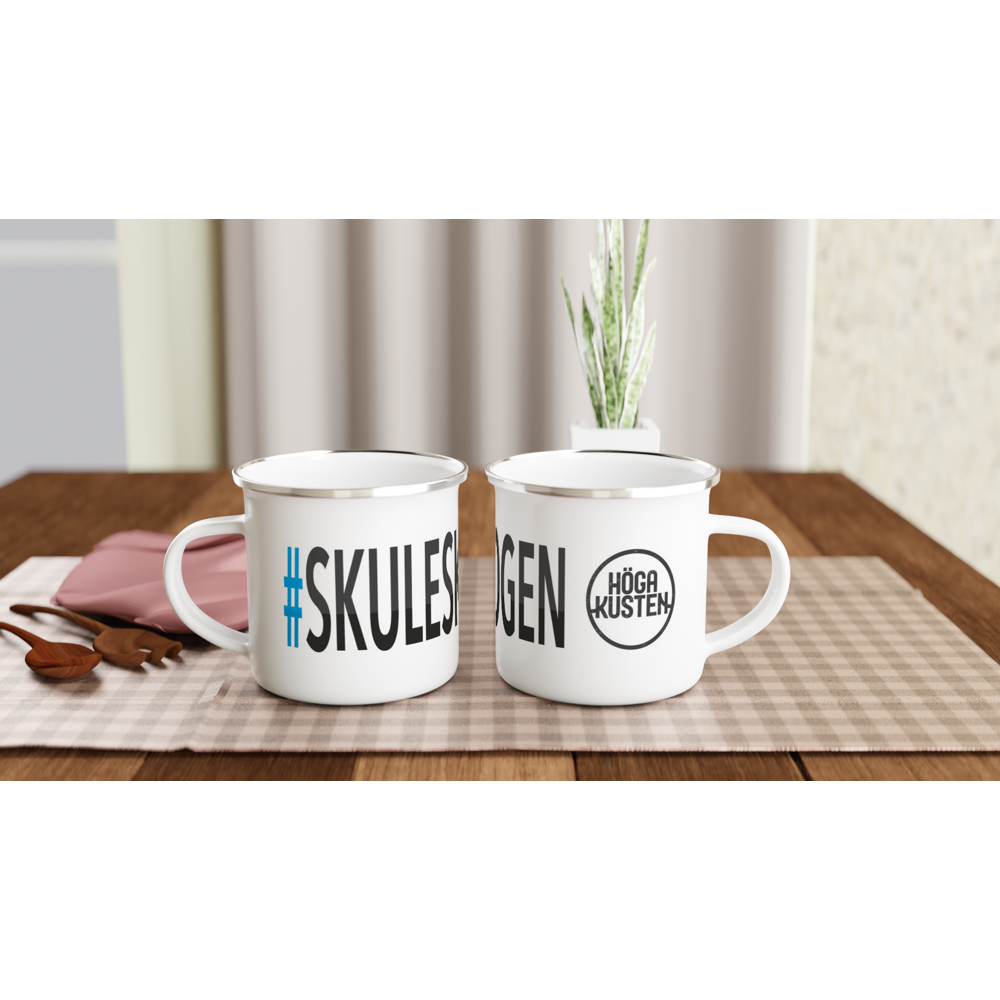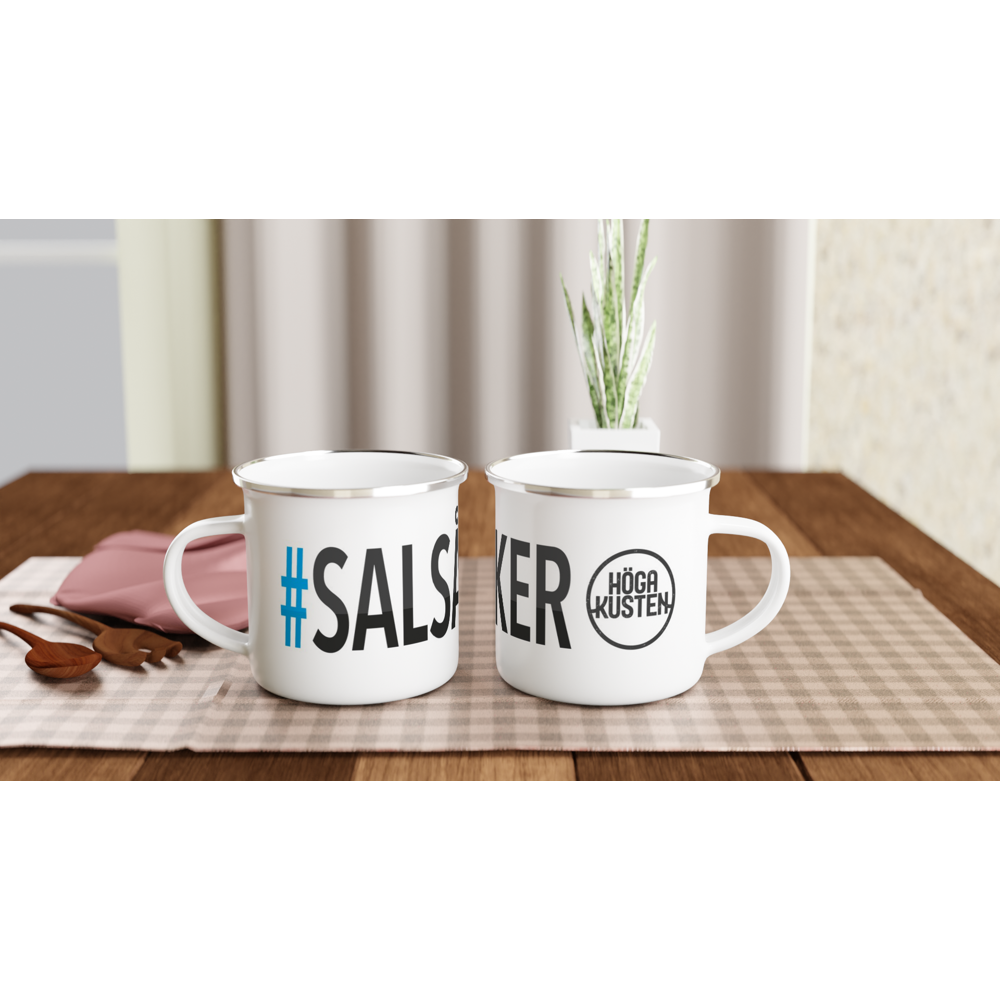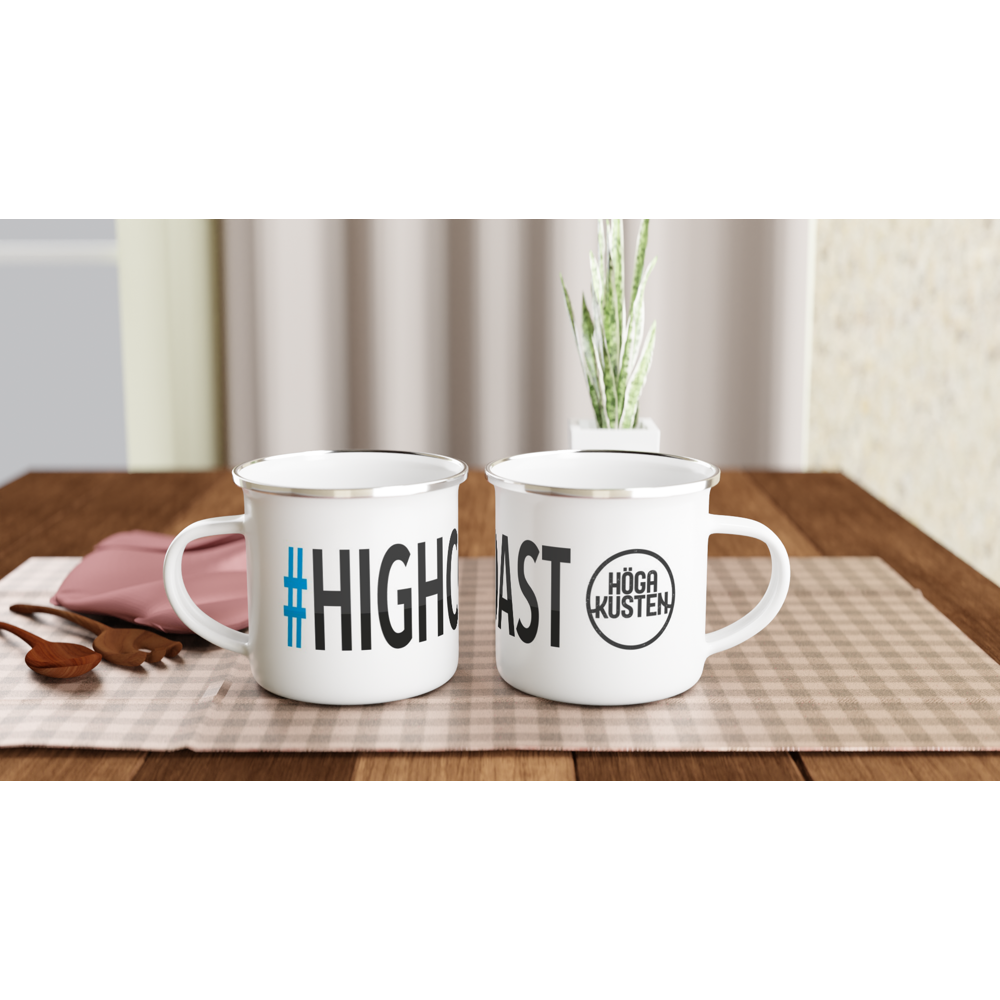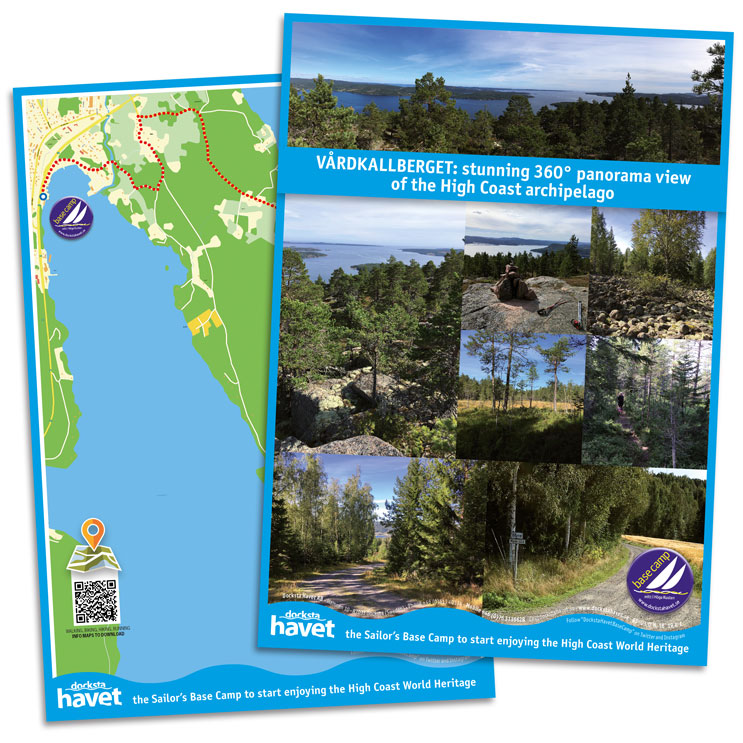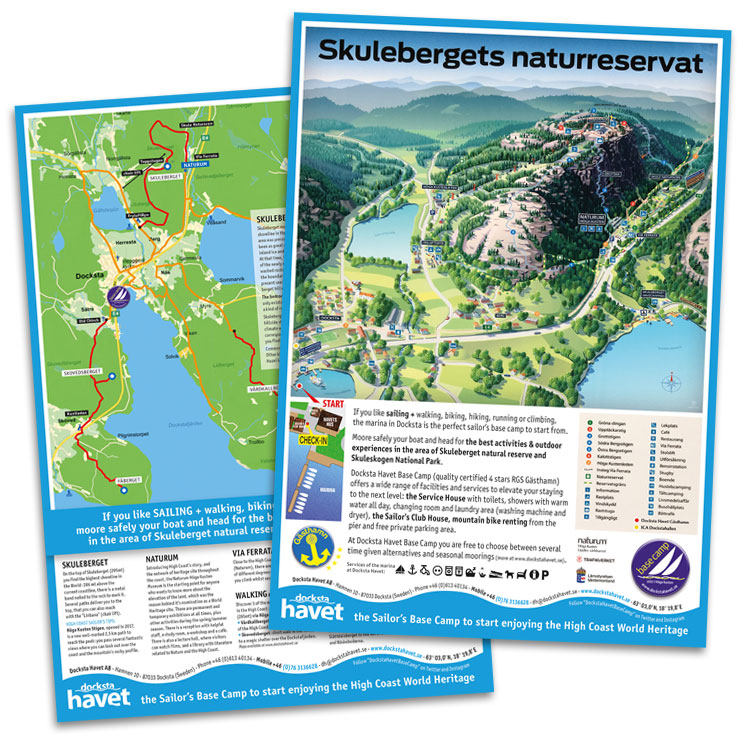The "Lynx," "Elk," "Bear," "Eagle," and "Fox" are recognized as the five trails that lead to the magnificent summit of Skuleberget Mountain, overlooking the High Coast World Heritage Site in northern Sweden. As you embark on these trails, you'll encounter some of the most breathtaking scenery the natural area has to offer.
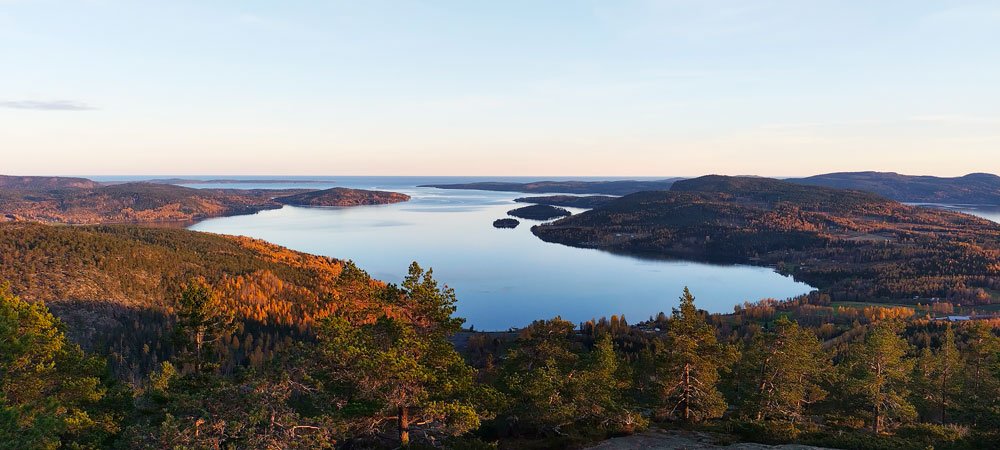
View of the fjords from the summit of Skuleberget.
The Skuleberget #BIG5 Challenge takes you on a journey across all its uphill segments, covering kilometers of rugged terrain far from the usual tourist paths, leading to magical spots and hidden stretches waiting to be discovered.
The challenge involves running across all five uphill segments in a single session, beginning and ending on the same day. The course spans approximately 25 kilometers with a positive elevation gain of around 1500 meters. To validate the challenge, it must be completed by at least two athletes.
The #BIG5 Challenge is open to everyone, with no time limits, flexible intensity, no entry fee, and no formal registration. You are welcome to join us on May 17th, 2025!
Why the Skuleberget #BIG5 Uphills Challenge?
Beyond the dramatic landscapes at every turn of the mountain, this adventure offers a shared, unforgettable outdoor challenge that will stay with you for life. You'll have the chance to meet fellow runners and tackle the mountain with the shared purpose of having fun along its trails.
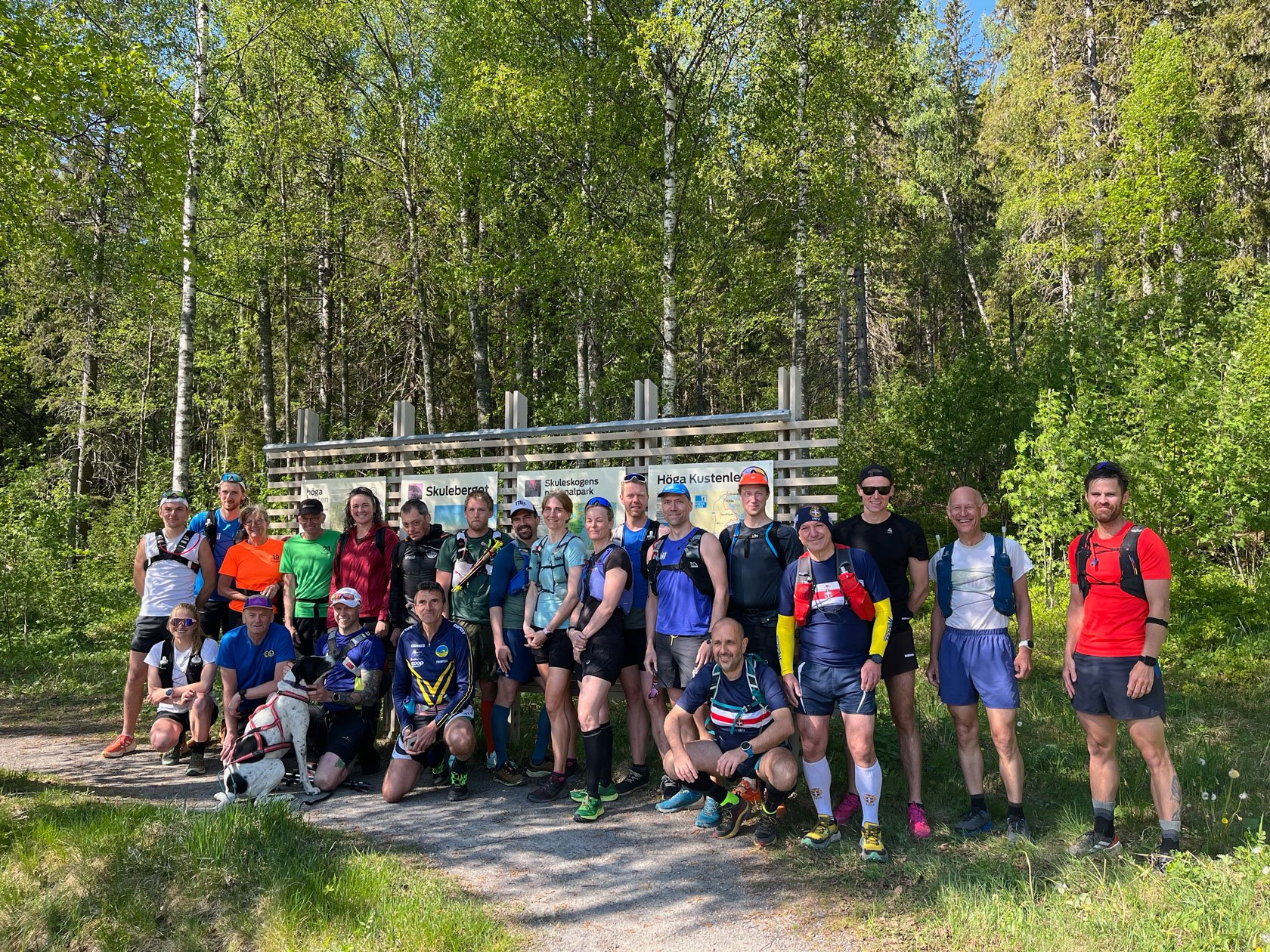
High Coast Runner “Gang” at the start of the 2024 Challenge.

A Course for the Brave:
There is no right or wrong timing, nor is there a correct or incorrect pace. You determine the intensity with which you face the challenge. However, be prepared—the #BIG5 paths are demanding. The itinerary requires crossing between 3 and 5 kilometers from one uphill segment to the next, with a total running and hiking time of 4 to 6 hours in a single session. The course is approximately 25 kilometers with a positive elevation gain of 1500 meters.
The Official Path Sequence:
#BIG5pathLYNX uphill -> BEAR downhill -> #BIG5pathELK uphill -> FOX downhill -> #BIG5pathBEAR uphill -> LYNX downhill -> #BIG5pathEAGLE uphill -> ELK downhill -> #BIG5pathFOX uphill -> BEAR downhill
This sequence has been the official track for completing the #BIG5 Challenge since the first edition. Set your personal best: search the #BIG5 segments and record your session with the Strava app. Join the High Coast Runner club on strava.com—you are welcome in the group!
High Coast runners are calling for a new spring edition: the 5th #BIG5 Uphills Challenge is scheduled for Saturday, May 17th, 2025. Are you one of us?
Set your #PB:
Search the #BIG5 segments and register your session with the Strava app. Join the High Coast Runner club on strava.com: you are welcome in the group!


[ SPRING EDITION ]
5th Skuleberget #BIG5 Uphills Challenge
•
Read all about the details!
WHERE:
SKULEBERGET MOUNTAIN
87396 Docksta, Västernorrland, Sweden
WHEN:
17 MAY 2025
START:
10:00 a.m.
The runners will meet at the parking area of the Naturum Höga Kusten World Heritage Centre shortly before, around 09:30. Last-minute changes to the start times may occur.
AFTER-CHALLENGE GHATERING:
#BIG5 “THIRD TIME”
As you finish running, we are waiting for you at the #BIG5 after-challenge, where participants and guests are coming to meet together to share and celebrate the experience. The event that take place at the marina club house in Docksta includes snacks and drinks of a frindly fika, parking, and a service house for changing and showering. By car, the marina is just a few minutes from Naturum.

Join us in this epic adventure.
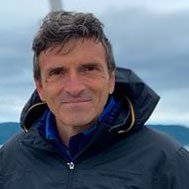
For any inquiries about the challenge, feel free to contact me:
Tommaso De Rosa
+46 (0)76.3136909
or +39.335.1309207 (WhatsApp too)
dockstahavet@gmail.com

Read more about the Skuleberget Mount, the #BIG5 paths and trailrunning in the High Coast:




